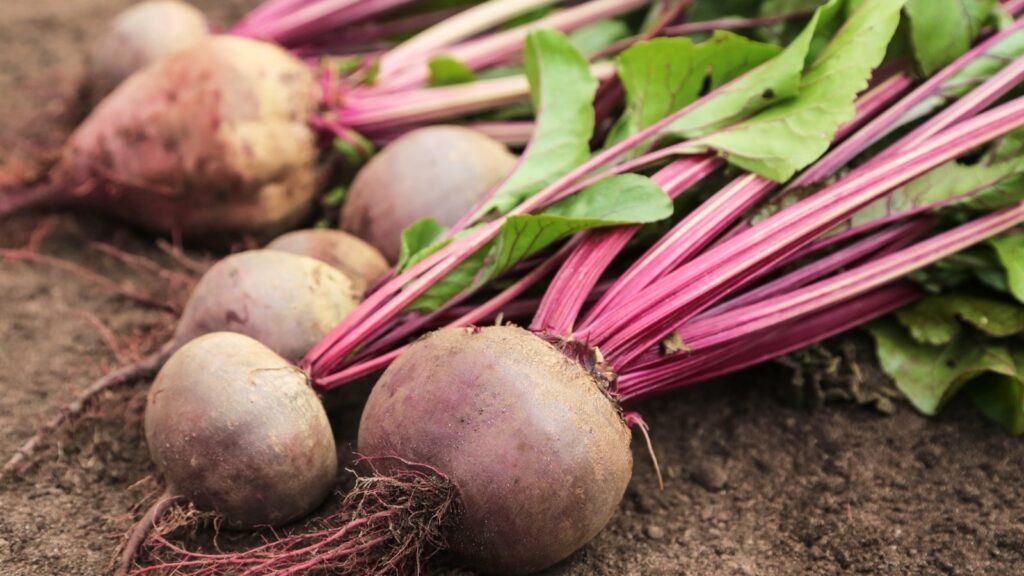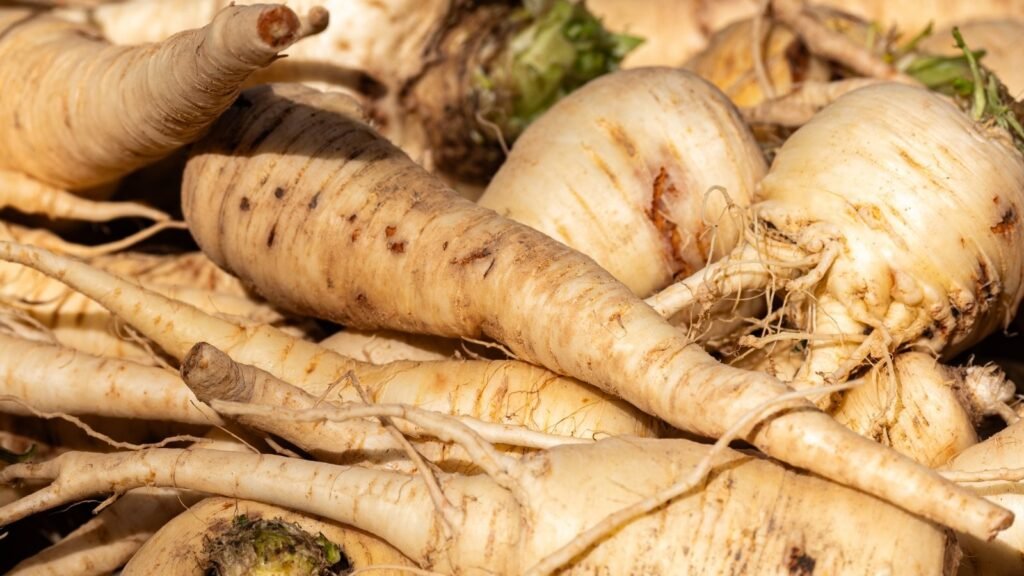Onions are a kitchen staple. They are healthy, fat-free, and nutrient-dense. These tasty root vegetables are a basic ingredient in recipes from around the world. You can easily buy them from the grocery store, either singly or in mesh bags. But did you know these versatile vegetables are also easy to grow in the home garden?
These famous bulbous roots belong to the genus Allium, and family Amaryllidaceae, have been cultivated as a food crop for thousands of years. Perhaps you’ve grown some, either starting from seed or from small starter bulbs or sets, and now you’re looking forward to eating them.
So, how do you keep them fresh until you’re ready to use them? Unless you plan to use all your roots within a short time, you’ll need to prepare them for storage. This preparation process is called curing and it will help your harvest last without getting moldy or rotten.
Preparing for long-term storage starts with the proper harvesting time and technique. You’ll then identify the sturdiest bulbs and take the time to cure them so they’re dry enough to last until you’re ready to eat them. Grab your gardening gloves and let’s dig right in! Soon, you’ll be ready to chop, dice, and peel your way to your next flavorful onion-rich dish.
Why Do You Need to Cure Onions?


If you are growing alliums with the hopes of saving some for later, you’ll need to cure them. You can eat any bulbs fresh, but only cured onions can be stored for more than a couple of weeks.
Curing is a process where your freshly harvested garden onions are allowed to dry in a protected environment. You’ll need to dry them just enough so they stay fresh and delicious, yet protected from molds, bacteria, and pests. Common garden vegetables that require a curing process include onions, garlic, white potatoes, sweet potatoes, and winter squash.
The curing and storage process is simple. It’s important to know which steps to take, however. Improperly cured bulbs won’t store well, and you risk finding yourself with a pile of moldy, smelly, rotten roots. Follow these easy guidelines to help you protect your harvest until you’re ready to use it.
Harvest at the Right Time


Knowing when to harvest your crops will help you enjoy the best-looking and most delicious produce. You’ll be familiar with the two main parts of an onion plant, the fleshy bulb that grows underground and the green, above-ground leaves.
You eat the bulbs, but you’ll keep a close eye on the leaves for indications that they’re ready to be harvested. While your crop was actively growing, the thick green stems were plump and fleshy. Now it’s time to look for signs that the bulbs are ready to harvest.
You’ll know it’s time to harvest when the necks start to soften and about two-thirds to three-fourths of the green tops fall over. At this point, the leaves will also start to turn yellow and brown. Don’t wait past this stage, or your crop may start rotting while still in the ground. And you don’t want to harvest too early either, or they won’t reach their full size.
Harvest With Care


Harvest carefully so you don’t accidentally bruise or cut them. Be careful not to drop them or bang them around. Damaged and bruised bulbs are prone to rot and won’t last long.
Use a garden fork to lift the soil around and under the roots. When the soil around them is loose, they’ll be very easy to simply lift from the loose soil. Leave several inches of space between the fork and the bulbs—you don’t want to accidentally cut into them.
Clean Off the Dirt


There will be dirt clinging to the bulbs, but don’t wash it off with water. You don’t want to introduce any unnecessary moisture that can encourage molds and rot. Use a very soft brush, cloth, or your gloved hand to carefully remove any remaining soil from the bulbs. If you’re using a brush, don’t scrub hard; just enough to loosen the dirt and gently rub it off.
High-Quality Onions Store Best


It may seem obvious but it’s always good to remember: store only your best bulbs. If you have any harvested bulbs that show any signs of damage, go ahead and eat those first. It isn’t worth trying to store sub-par bulbs that will probably rot quickly in storage. Identify the bulbs with the highest quality and prepare these for longer-term storage.
Dry Them Sufficiently


Onions won’t last long in storage unless they’ve first been cured. You can cure them either outdoors or indoors. They just need a warm, dry, well-ventilated location, such as a garage or protected shed.
Excellent ventilation is important to prevent mold and mildew.
Keep your curing onions in a warm place between 75 and 90°F (24-32°C).
Keep curing onions in a dry location. If you’re curing them outside, move them indoors if there’s a chance of rain or heavy dew.
Allow onions to cure for two to four weeks.
Dry your onions in single layers, don’t stack them or pile them on top of each other.
Spread out your onions on a clean, dry, level surface. A table, bench, chickenwire drying racks, wooden drying racks, or an old screen door are all suitable drying surfaces.
Light isn’t necessary. They just need to be protected from direct sunlight which can scorch the bulbs
Are they cured yet? Improperly cured bulbs are prone to rotting. Follow the guidelines above for well-cured onions. When they are fully cured, the outer skin and neck will be totally dry. They will have a thin, dry, crinkly, papery feel.
Trim the Leaves


After drying, trim away any foliage that remains attached to the bulb. Leave a one-inch stem above the bulb and discard the trimmed leaves. Some people prefer to leave the dried leaves attached and like to braid them together.
This is fine, too, but untrimmed stems are slightly more prone to rot than trimmed stems. Those with trimmed stems may be slightly more convenient to store because there’s less vegetative material to get in the way.
Check Periodically


Even well-cured onions will sometimes rot. Check on your stored onions periodically to make sure they’re still in good condition. Make sure that their storage location stays cool, dry, and well-ventilated. Toss any that smell bad, look moldy, or feel soft and mushy.
Store Them Until Use
How long do they last?
The lifespan of cured onions depends on the variety, storage conditions, and how well they were prepared for storage. Cured onions can last anywhere from a few weeks to a couple of months.
Storage Location


If you have an unheated basement, cellar, or garage, you can store them there. Could you keep them in a well-ventilated location?
Don’t store them in the same location as other stored produce. Apples, white potatoes, and sweet potatoes, for example, can all be stored in similar conditions, but these will eventually absorb the odors of onions (and garlic) when kept together for any length of time.
Storage Container


Store cured onions in mesh bags, milk-style crates, or a wire basket. You can also use a shallow cardboard box or harvest basket. The most important thing is that your storage container allows plenty of airflow.
Don’t keep them in lidded containers or anything with solid sides that prevent air circulation. Whatever container you use, make sure it’s easy to check on your root storage. A bad onion usually smells foul, and you’ll need to do a little searching to find the culprit and toss it out.
Temperature and Humidity


Store them in a cold location, between 32 and 36°F (0-2°C). Don’t let them freeze. The humidity should be kept around 60% or less. If they are stored in a location of 40°F (4°C) or more, they’ll start to sprout prematurely.
Light


Store in a dark location. Light will stimulate them to sprout. Brief periods of light are fine, but they shouldn’t be stored on a brightly lit counter, for example.
Enjoy!


As long as your stored roots look healthy, smell good, and feel firm, then they are ready to eat! Store them for a week, a month, or more. Even if they’ve started to sprout, you can still eat them, as long as they are still fresh and firm.
One of the best things about growing long-lasting crops like onions is that you can keep them well beyond the growing season. Anytime you need fresh onions for your favorite recipe, just head to your storage room and grab one. Then you’re ready to cook!
Frequently Asked Questions
Stored and cured onions are fresh onions. You can use your cured onions any way you want, just like you would if you bought onions from the grocery store. If you have some that have been hanging around for a while, wait for a cold day and make yourself a big pot of chili or veggie soup!
The types of onions you can cure and put into storage are the larger bulb types. They are generally known as yellow, white, red, and sweet onions. While chives, green onions, shallots, scallions, bunching varieties, and leeks are types of alliums, these are not the varieties that work for longer storage periods.
Some onion varieties are excellent choices for storage. The following varieties are just a few examples of onions that store well.
A few more good storage onions include ‘Stuttgarter,’ ‘Yellow Globe,’ ‘Copra,’ and ‘Red Zeppelin.’
There’s no need to trim off the roots of your onions, but you can if you prefer. When you buy onions at the grocery store, their roots generally have been trimmed because it makes them look neat and clean.
If allowed to dry on the bulb, the roots will shrivel into little stubs. You can then clip these dry roots off if you want to, or simply leave them alone. When you’re ready to eat the onion, you’ll trim off this part anyway.



